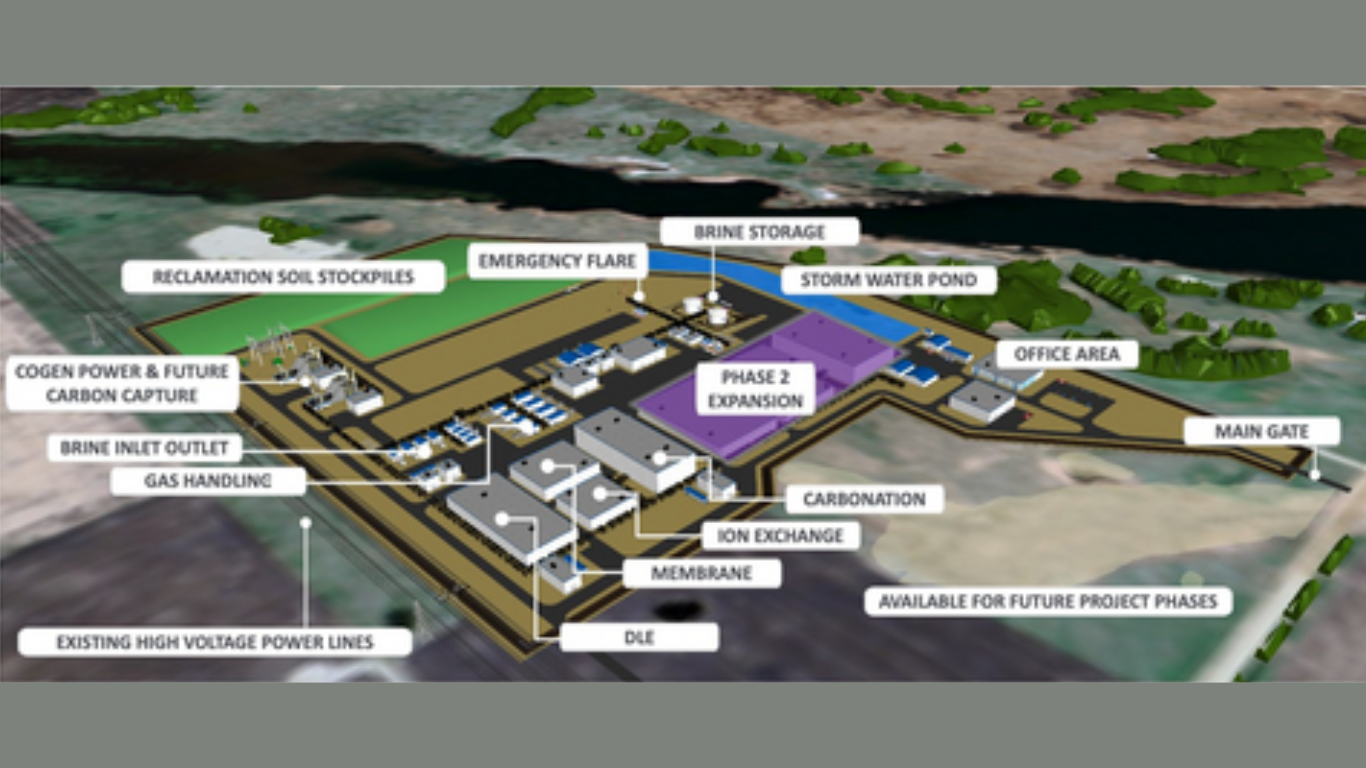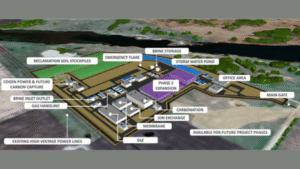Manufacturing today isn’t what it used to be — and the numbers prove it. According to reports, many manufacturers are now investing in smart factory technologies to boost efficiency, precision, and sustainability. Behind much of this shift lies one often-overlooked area: cutting technology.
Cutting might sound like a simple process. But it’s the backbone of modern production — from automotive and aerospace to construction and custom fabrication. The way materials are sliced, shaped, and finished can determine everything from cost efficiency to product quality. And as industries move toward automation and data-driven systems, cutting tools are becoming as smart as the people operating them.
That said, in this article, we’ll discuss three cutting-edge innovations that are redefining how industries create and compete. Dive in!
1. Smart Plasma Systems
Plasma cutting has always been known for its ability to cut through thick metals with speed and precision. But what is redefining it today is the integration of automation and CNC technology. It is a combination that is transforming how industries cut, design, and manufacture.
Modern plasma cutting systems now come equipped with advanced CNC controls that manage every aspect of the process. Be it related to torch height, gas flow, cutting angles, or speed. These smart systems help in various ways, including:
- Remove human error,
- Reduce material waste, and
- Deliver cleaner edges, even on complex designs.
As manufacturing demands grow, many businesses are also moving towards automated cutting tables. For growing businesses, investing in the best CNC plasma table from trusted providers like Hypertherm is a game-changer. Their cutting solutions are engineered to deliver exceptional cut quality, efficiency, and long-term reliability. As a result, their systems help companies streamline operations, improve productivity, and maintain accuracy across high-volume jobs.
You can also find in-depth resources on their website that help you understand the factors that matter most when selecting a plasma table. It is a perfect example of how precision technology and business practicality can go hand in hand.
2. Laser Cutting Revolution
Laser cutting might not be new, but the pace at which it is evolving is changing how industries operate. The transition from traditional CO₂ lasers to fiber laser systems has pushed the boundaries of speed, precision, and efficiency.
Unlike older gas-based setups, fiber lasers use optical fibers and diodes to produce a concentrated beam. This brings several advantages:
- Higher cutting speeds: Especially for thin metals like aluminum and stainless steel.
- Lower maintenance costs: Fewer mechanical parts mean less downtime.
- Energy efficiency: Fiber lasers convert more power into usable cutting energy.
What makes today’s systems even smarter is the addition of artificial intelligence (AI). Modern laser cutters use AI algorithms to automatically adjust parameters like beam focus, power output, and cutting speed based on material thickness and reflectivity.
Some even detect surface imperfections and adapt on the fly — ensuring smooth, accurate results without operator intervention. The outcome? Fewer defects, less scrap, and a more sustainable workflow.
| Fun Fact: A fiber laser beam can reach temperatures above 10,000°F, yet it delivers some of the cleanest cuts in manufacturing — a perfect example of how control can turn extreme power into precision. |
3. Waterjet and Hybrid Systems
When precision matters more than heat, waterjet cutting takes center stage. These machines use ultra-high-pressure water streams — often exceeding 90,000 psi — to slice through almost any material, from thick steel and glass to composite panels.
The beauty of waterjet cutting lies in its cold-cutting process, which avoids the thermal distortion caused by lasers or plasma. This makes it a preferred choice for industries like aerospace or custom fabrication, where maintaining the material’s structural integrity is critical.
But innovation doesn’t stop there. The latest hybrid systems now combine waterjet with plasma or laser technologies, giving operators unmatched flexibility. For instance:
- Use plasma for rapid, rough cuts on large sheets.
- Switch to waterjet for detailed finishing or temperature-sensitive materials.
All this happens in one integrated system — saving time, energy, and costs.
| Tip: To keep your waterjet performing efficiently, always monitor the quality of your water supply. Hard water or mineral deposits can reduce cutting precision over time. |
To Sum It All Up!
Cutting technology has evolved from sparks and steel to sensors and software — and it’s still advancing. Plasma systems are getting smarter, lasers are learning to self-correct, and waterjets are pushing the limits of cold cutting.
For companies looking to stay at the forefront, investing in high-quality tools from innovators can set the foundation for long-term growth. Ultimately, the future of cutting isn’t just sharper — it’s intelligent, connected, and built to last.
Article received via email






























